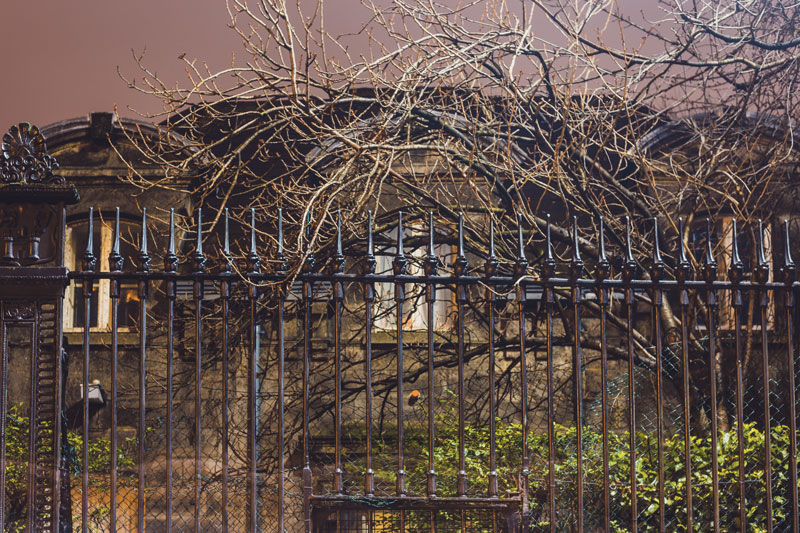
There is a little leafy haven tucked away behind the Chapel, just adjacent to the Buttery. Often overlooked, its unassuming location adds to its reclusive charm. This is the quaint, two-storey late-Victorian stone house that used to be home to Trinity’s Chief Steward. Built in the north-west corner of Trinity’s grounds, it’s a stone’s throw away from the number 15 bus stop. Although situated on the cusp of one of the city’s busiest lanes of traffic, the Chief Steward’s House is an oasis of calm.
The building was designed originally with the sole intention of being a residence for the Chief Steward of the College in the mid-1880s. It is two-storeys high and served by a single internal staircase providing access to the upper rooms. For the majority of the building’s life, it remained true to its original purpose before undergoing renovation in the mid-1980s, which converted the building into multi-use offices for Fellows of the College and their academic research programmes. To access the Chief Steward’s House, you will have to make your way down the narrow steps and pathway between the Chapel and Buttery Complex. The building is currently comprised of seven rooms with a total of eight desk spaces on the ground floor, and seven desk spaces upstairs – a hub of fervent academics at the best of times.
The job of the Chief Steward was to preside over the college grounds and make sure that everything was running accordingly. This neat little grey-stoned structure provided a cosy home for the College’s Steward and his family. Delving into its history, we find that one such resident was the Irish musician John Hingston, who is listed under officers of the College as Chief Steward in an archive from the Trinity College Academic Calendar for 1892. Hingston was rumoured to have played the uilleann pipes for the Prince of Wales, who later became King Edward VII. A quote from the book Irish Minstrels and Musicians by Francis O’Neill mentions the Prince praising him as “the late Mr John Hingston TCD, at that time the leading authority on matters pertaining to the pipes”.
From Stewards to Fellows, this secluded house has been host to many important figures on campus. The next time you are waiting for the number 15, cast your eye behind the iron gates and spare a thought for the pretty Victorian structure that has retained its charm for over two centuries.






